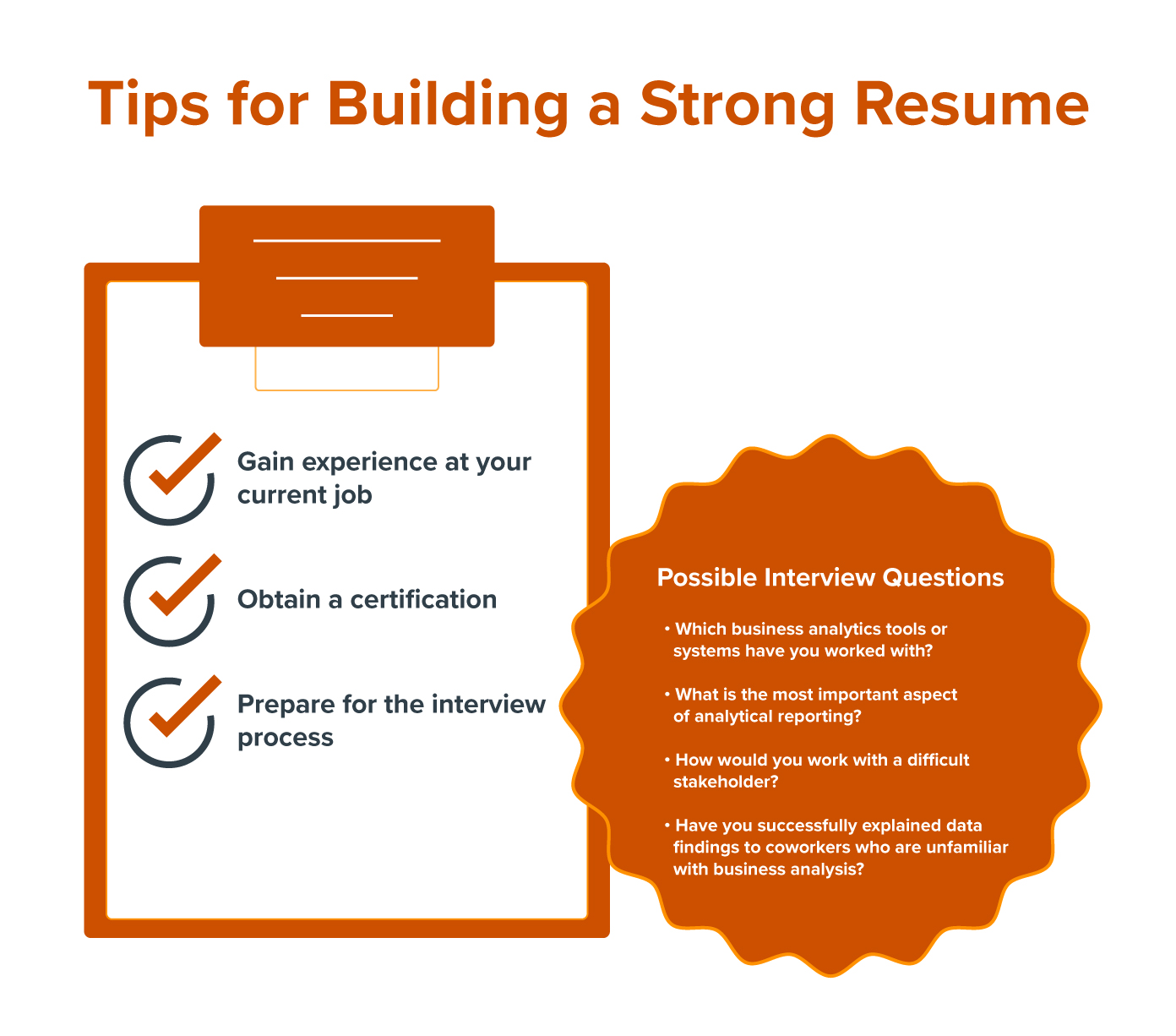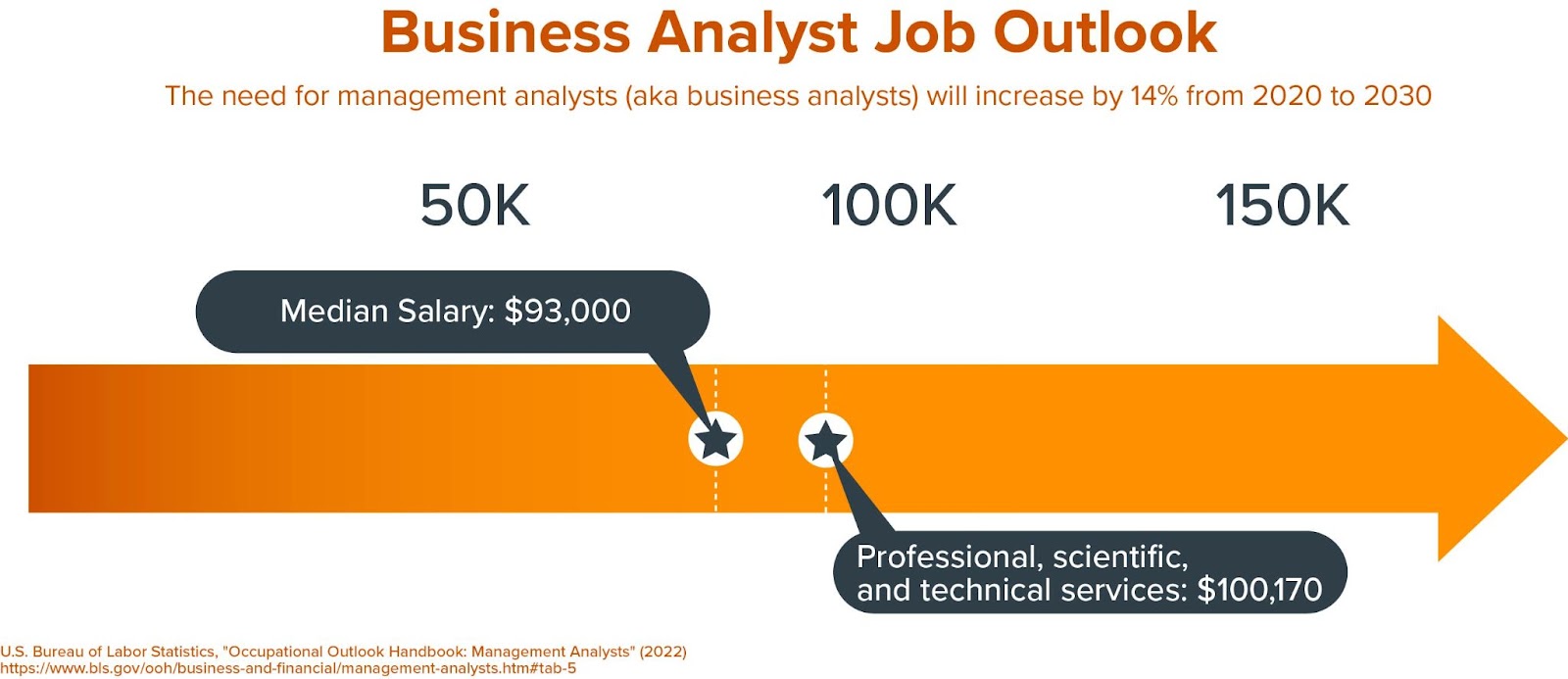Why does a company lose money? Why are its costs rising, its workflow inefficient, and its product schedule perpetually behind? Just as critically, who can answer these questions?
Meet the business analyst, a professional who has become essential to modern business success. Business analysis blends a variety of technical, analytical, and problem-solving skills into an increasingly important discipline. Business analysts turn data into decisions, create solutions from obstacles, and drive growth for their organizations. By producing value, business analysts make themselves valuable. As a result, many professionals embark on the business analyst career path.
But how do you get there? The road to becoming a business analyst winds through many educational pursuits and careers, and not everyone follows the same course. Some people focus on becoming a business analyst; others happen into the role. Either way, those who pursue business analysis often find it challenging and rewarding.
Research projects the global big data and business analytics market to reach $448 billion by 2027, heralding a significant opportunity for business analysts. Newcomers to the field might wonder how to become a business analyst with no experience. To assist your career planning, we’ve compiled this guide. Here, we’ll address that plus a few other key questions — What do business analysts do? Is being a business analyst hard? — and tailor a strategy toward entering this impactful career.

 Live Chat
Live Chat


